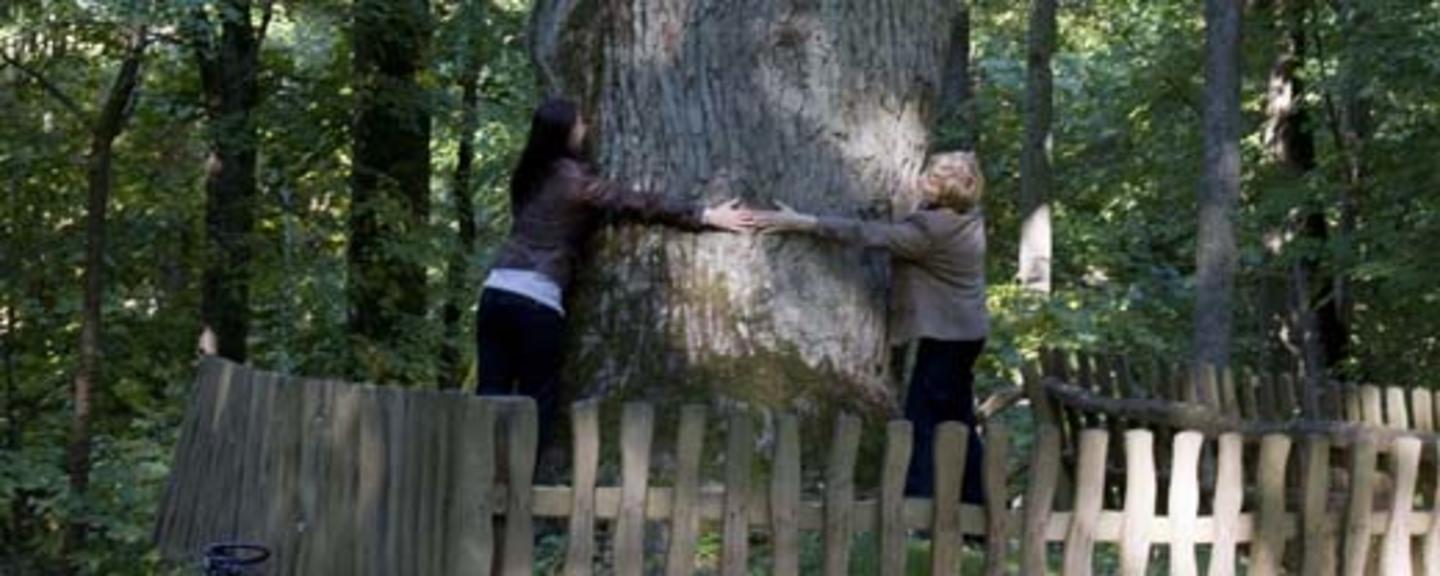The development of the famous complex of hill forts for increased tourism has received funding from the Norway Grants to support the intention that the process at the same time will help to protect the 1000 year old sites. The hillsides will be reinforced after the long period of neglect, and the infrastructure is to be developed with the installation of paths, steps, bridges and platforms. Information to visitors with signs and reference stands will give more meaning to the tourism experience. Private investors will develop overnight accommodation, restaurants, shops and similar facilities in the area.
Dates back to the early Middle Ages
The fort complex in Molavenai in the Raseiniai district in western Lithuania dates from the early Middle Ages around the year 1,000 AD. It is important for Lithuanians and for Lithuanian history because of the significance it assumed in contemporary wars against the Teutons. These battles played a major role in the Lithuanian nation-building process and were intended to contribute to making Lithuania one of eastern Europe’s major powers. However, their many opponents became too powerful in the course of time. From the 16th century onwards Lithuania suffered space constrictions as the Slavic nations on either side - the Russians and the Poles – began to demand more room for expansion.
In the Soviet period descriptions of the Lithuanian struggle for independence in earlier centuries was a delicate subject. It was better to focus on the Tsars, Ivan the Terrible and Peter the Great, and their strategic military efforts in these parts. Consequently the upkeep of the memorials of the earlier wars was negatively affected.
Fort complexes in poor condition
When Lithuania received its independence in 1990 towards the end of the process leading to the disintegration of the Soviet Union, these fort complexes, or gills forts as they are called, were therefore in extremely poor condition. This was not helped by the fact that tourists began to show interest in them, partly stimulated by local authorities who quite naturally saw them as a possible attraction and an economic driving force. Although this was a positive development in the economic sense, the hills forts were extremely vulnerable to the wear and tear that tourism can bring. Local politicians were interested in developing tourism since Raseiniai county is one of the less prosperous regions in the young republic. In the period 2004 to 2006 alone, tourism to Molavenai grew from 900 to 10,000 visitors annually.
This exceedingly rapid growth was largely due to new cultural festivals that included opera, theatre performances and concerts. There was an existing basis for this because the Lithuanian song and music tradition had a strong position with the people and the authorities even in the Soviet period. Moreover, in Lithuania the majority of the population – over 85% - is ethnic Lithuanian. As was the case in Estonia where Russians constituted over 1/3 of the population, it was regarded as relatively safe or at least acceptable way of upholding national culture. However, this inevitably helped to strengthen national characteristics and national feelings.
In Raiseniai these national characteristics and feelings have flourished in the 20 years that have passed since the gaining of independence. Every year Raiseniai holds a crafts festival for wood carvers, a traditional crafts fair, a church festival and an annual reunion for Lithuanians in exile.
Photo: Jiri Havran, Riksantikvaren
